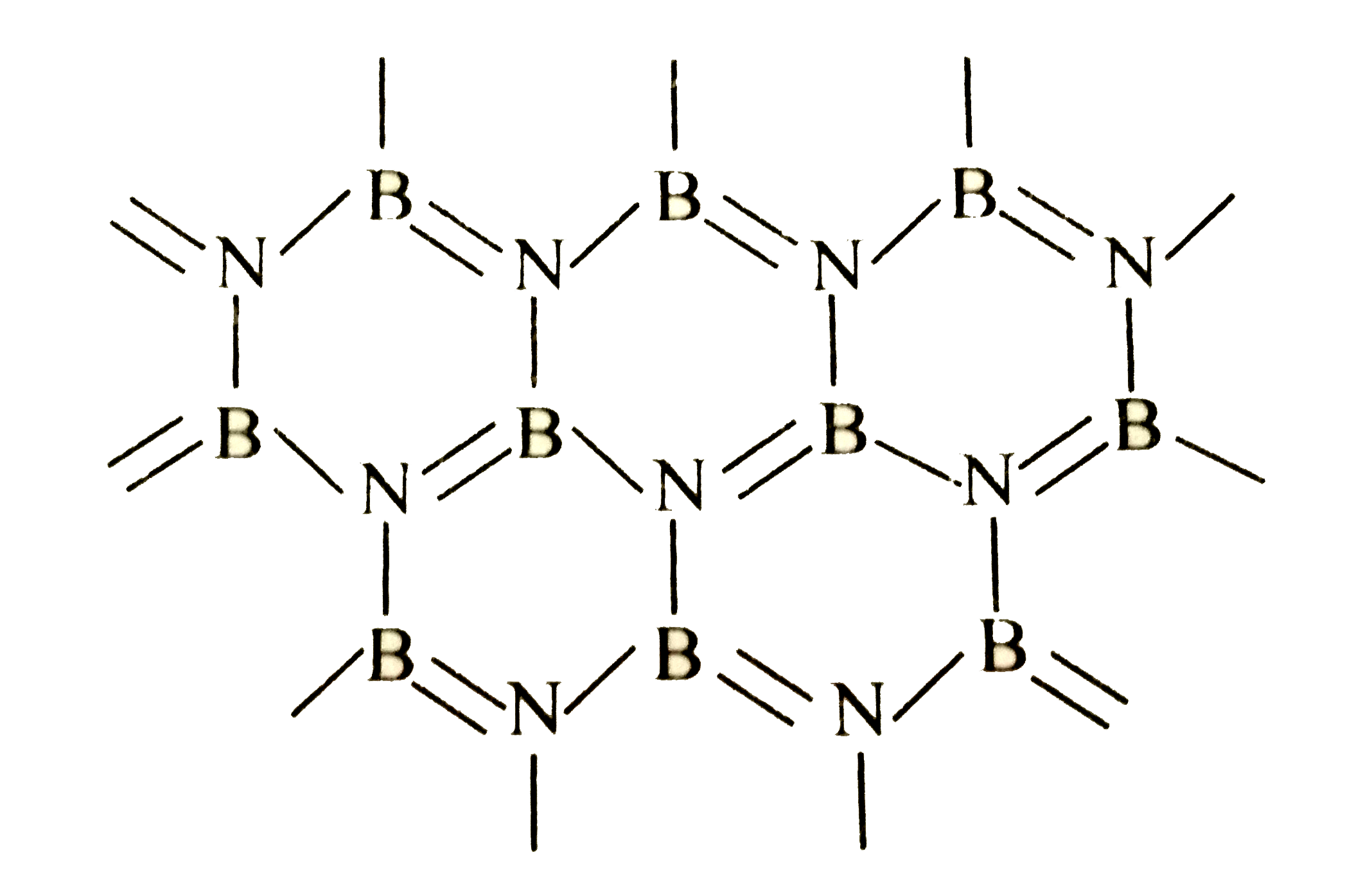Explain why CO2−3 ion cannot be represented by a single Lewis structure. How can it be best represented?
To explain why the carbonate ion CO2−3 cannot be represented by a single Lewis structure and how it can be best represented, we can follow these steps:
Step 1: Determine the Valence Electrons
First, we need to calculate the total number of valence electrons in the carbonate ion CO2−3.
- Carbon (C) has 4 valence electrons.
- Each oxygen (O) has 6 valence electrons, and since there are three oxygen atoms, that contributes 3×6=18 electrons.
- The 2− charge means we have 2 extra electrons.
Total Valence Electrons:
4+18+2=24 valence electrons
Step 2: Draw a Basic Structure
Next, we can draw a basic structure for the carbonate ion. Place the carbon atom in the center and connect it to three oxygen atoms.
Step 3: Distribute Electrons
Now, we distribute the 24 valence electrons:
- Start by forming single bonds between carbon and each oxygen atom. This uses 3×2=6 electrons, leaving us with 24−6=18 electrons.
- Next, we can place lone pairs on the oxygen atoms. Each oxygen can have 6 electrons (3 lone pairs), using 3×6=18 electrons.
Step 4: Adjust for Formal Charges
However, this structure will result in formal charges that are not optimal. To minimize formal charges, we can create a double bond between carbon and one of the oxygen atoms.
Step 5: Resonance Structures
The double bond can shift between the three oxygen atoms, leading to multiple resonance structures.
1. In one resonance structure, carbon forms a double bond with the first oxygen and single bonds with the other two.
2. In the second resonance structure, the double bond shifts to the second oxygen.
3. In the third resonance structure, the double bond shifts to the third oxygen.
Step 6: Resonance Hybrid
Since the actual structure of the carbonate ion is a resonance hybrid of these three structures, we cannot represent it with a single Lewis structure. Instead, we represent it as a resonance hybrid where all three C-O bonds are equivalent and have partial double bond character.
Conclusion
The best representation of the carbonate ion CO2−3 is as a resonance hybrid, where the double bond character is distributed equally among the three C-O bonds, and the negative charges are also delocalized over the three oxygen atoms.
---
First, we need to calculate the total number of valence electrons in the carbonate ion CO2−3.
- Carbon (C) has 4 valence electrons.
- Each oxygen (O) has 6 valence electrons, and since there are three oxygen atoms, that contributes 3×6=18 electrons.
- The 2− charge means we have 2 extra electrons.
4+18+2=24 valence electrons
Next, we can draw a basic structure for the carbonate ion. Place the carbon atom in the center and connect it to three oxygen atoms.
Now, we distribute the 24 valence electrons:
- Start by forming single bonds between carbon and each oxygen atom. This uses 3×2=6 electrons, leaving us with 24−6=18 electrons.
- Next, we can place lone pairs on the oxygen atoms. Each oxygen can have 6 electrons (3 lone pairs), using 3×6=18 electrons.
However, this structure will result in formal charges that are not optimal. To minimize formal charges, we can create a double bond between carbon and one of the oxygen atoms.
The double bond can shift between the three oxygen atoms, leading to multiple resonance structures.
1. In one resonance structure, carbon forms a double bond with the first oxygen and single bonds with the other two.
2. In the second resonance structure, the double bond shifts to the second oxygen.
3. In the third resonance structure, the double bond shifts to the third oxygen.
Since the actual structure of the carbonate ion is a resonance hybrid of these three structures, we cannot represent it with a single Lewis structure. Instead, we represent it as a resonance hybrid where all three C-O bonds are equivalent and have partial double bond character.
The best representation of the carbonate ion CO2−3 is as a resonance hybrid, where the double bond character is distributed equally among the three C-O bonds, and the negative charges are also delocalized over the three oxygen atoms.
Topper's Solved these Questions
- BOOK - NCERT EXEMPLAR ENGLISHCHAPTER - CHEMICAL BONDING AND MOLECULAR STRUCTUREEXERCISE - Matching the columns5videos
CHEMICAL BONDING AND MOLECULAR STRUCTURE
- BOOK - NCERT EXEMPLAR ENGLISHCHAPTER - CHEMICAL BONDING AND MOLECULAR STRUCTUREEXERCISE - Assertions and Reasons3videos
CHEMICAL BONDING AND MOLECULAR STRUCTURE
- BOOK - NCERT EXEMPLAR ENGLISHCHAPTER - CHEMICAL BONDING AND MOLECULAR STRUCTUREEXERCISE - Long Answer type questions9videos
CHEMICAL BONDING AND MOLECULAR STRUCTURE
- BOOK - NCERT EXEMPLAR ENGLISHCHAPTER - CLASSIFICATION OF ELEMENTS AND PERIODICITY IN PROPERTIES.EXERCISE - Long answer types question7videos
CLASSIFICATION OF ELEMENTS AND PERIODICITY IN PROPERTIES.
Similar Questions
Knowledge Check
- Question 1 - Select One
The structure of (S)-2-fluorobutane is best represented by:
ACH3C∣FHCH2CH3B C
C D
D
Draw Lewis structure of N3− ion.
View SolutionThe H-Bonds in solid HF can be best represented as :
View SolutionThe H-bonds in solid HF can be best represented as :
View SolutionThe intervals (2,7) can be represented by the
View SolutionExplain the structure of CO2−3 ion in terms of resonance
View SolutionBoron nitride can be represented by the given structure

The structure of BN is similar toView SolutionStructure of XeO2F2 is correctly represented by
View Solution

